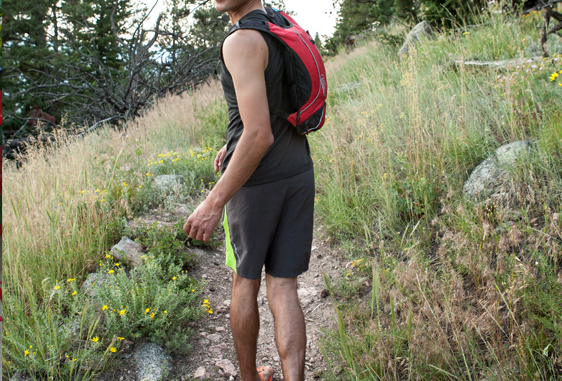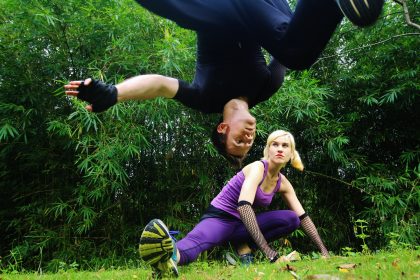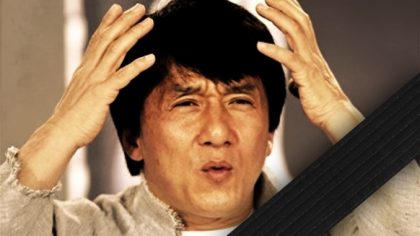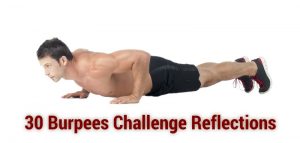For years, I wanted to include parkour into my cross-training routine. Yet, my efforts had been half-hearted. That was until I attended a two-day MovNat movement training workshop in December (2014) by Human Naturally Singapore.
While MovNat was hardly parkour, the workshop introduced the basics of natural movement and training concepts that were applicable to my life. Moreover, their coverage on vaulting, traversing and climbing was a good primer to starting my journey in movement.
What’s the heck is MovNat?
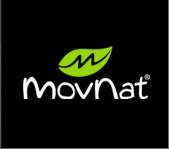
MovNat is a movement discipline, founded by Erwan Le Corre. It includes all natural movements of a human being. Georges Hebert – whose travels as a naval officer brought him face-to-face with the active lifestyle of indigenous tribesmen – inspired MovNat’s emergence.
Interestingly, Georges Hebert was also the inspiration of Parkour.
How does MovNat compare to parkour?
There are two differences between MovNat and Parkour: (1) variety and scope of movement, and (2) training environment.
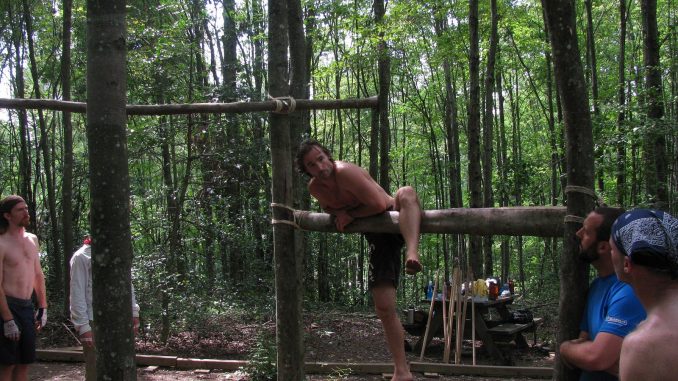
As an all-inclusive discipline, MovNat includes some movements that Parkour omits. This includes swimming, combat, lifting and throwing, which are understandably out of Pakour’s scope.
Also, where MovNat is characterised by training in nature, Parkour training is popularly associated with the city. Arguably, MovNat places a greater emphasis on moving naturally using your body’s mechanics, which can be helpful for people with injuries.
What’s similar between the two is the emphasis on efficient movement.
Fitness for hippies – MovNat vs typical fitness activities
As Thomas, MovNat Instructor, best summarised (when asked to compare MovNat to other fitness activities) – “MovNat is very much like fitness for hippies”. Fitness for hippies indeed! But it was no soft option.
This instructor I had trained with could perform an impressive range of movements and had defined six-pack abs. Where his breathing was natural when we performed movement combos, I was panting like a dog.
This was functional fitness right in front of my eyes.
Shattering 8 Pre-conceived Ideas about Functional Movement
I approached MovNat training workshop with some experience in calisthenics and running. Yet, there were some habits from my previous routine that I couldn’t get away with when training in functional movements.
Here are eight of my insights.
1Don't Muscle Through, Move Efficiently
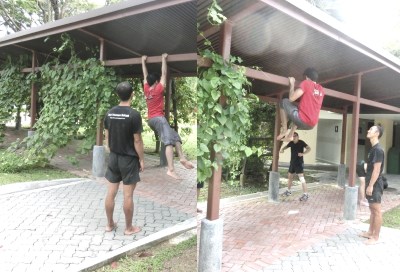
Contrary to how I trained in calisthenics, movement training was more than just muscling through a technique. You’ve got to use your muscles as a group and not in isolation. And more importantly, technical proficiency has a lot to do with moving efficiently.
This meant using a combination of natural body mechanics, momentum and other laws of physics to move. Similar to Aikido training – knowing when to activate your muscle and relax totally is key to taking your opponent’s balance.
For example, when attempting the MovNat side-swing traverse, I relied on muscle strength to move from one end to the other. But Thomas (MovNat instructor) recommended that I relax my shoulders and use my body as a pendulum to aid the motion. This correction made my side-swing traverse significantly fluid and quicker to execute.
Efficiency? Momentum!? That’s cheating. Won’t you burn fewer calories and build less muscle mass? This brings me to the next point.
2Functional Movement shouldn't be about burning fat or building muscle
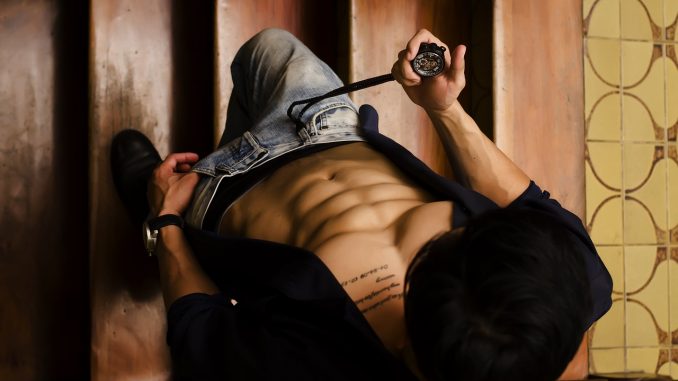
Functional fitness is about building skills and stamina for actual use in real life.
When traversing obstacles to escape an assailant, you wouldn’t give a damn about getting a good workout.
Also, let’s put things into perspective. Would you risk injury to do weighted squats with terrible form, just to burn off calories? If looking fit is more important than being functionally fit, pick another activity. Don’t conflate your aesthetic goals with functional fitness. If your goals are contradictory, you are on your way to getting injured.
A chiseled physique may look awesome, but it’s not going to help you survive.
At least for myself – my obsession with muscles and aesthetics (instead of efficiency) was the reason why my earlier movement training efforts were stagnant. So, stop thinking about movement training in terms of calories burnt and muscle gained.
3Don't train beyond exhaustion. It's disastrous for movement training!
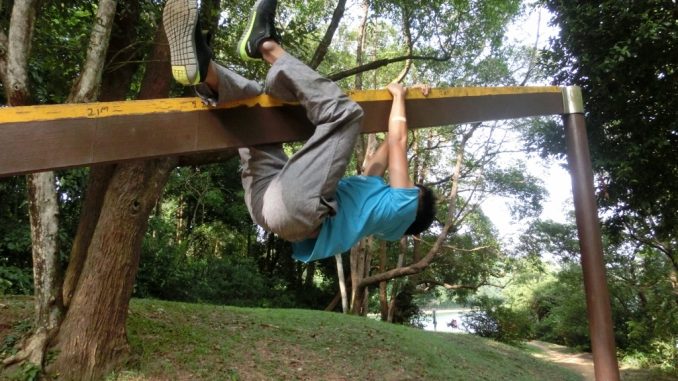
One more, one more, another rep! Push, push, push!
This is the typical mindset of someone who trains in the gym or calisthenics. Not wrong. But it can be disastrous when applied to movement training.
Unlike regular static workouts, training in complex movements when exhausted is a sure way to get injured. Especially at the later stages of MovNat and parkour, you need to judge your immediate environment for safety hazards. Exhaustion impairs both judgment and coordination. Combined with muscle fatigue, a precision jump across a ten foot drop can mean severe injury, paralysis or death.
If you want to train to exhaustion, opt for simpler exercises that require less coordination (e.g. push ups, chin ups).
4Adapt to your environment & train in nature

Oh. Look at that clean park bench. Let’s conduct the workshop debrief there. Wait… where are you going, Thomas?
We sat on the grass patch nearby instead. We trained on muddy patches as well.
While it would be cleaner to roll, jump and crawl on nice clean mats, training in nature forces one to adapt to the imperfect environment. It’s the same reason why traceurs (in parkour and freerunning) get comfortable with training in the urban environment. Through this you develop an intuitive awareness to your movement and surroundings.
Before you jump and land barefoot onto tall grass, you adjust your landing in case there are protruding rocks. When you traverse on a branch, you adjust your technique to avoid scraping against the rough bark.
Although these little adjustments steepens the learning curve, it forces you to adapt your movements to your surroundings effectively. After all, adaptability is one of the principles of MovNat and an essential trait of a modern-day ninja.
5Be aware and mindful while training
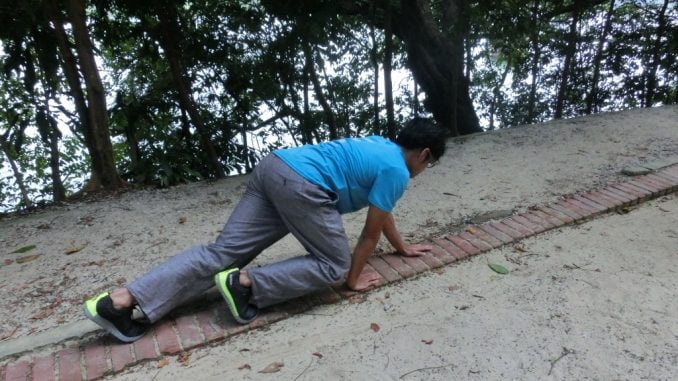
Being mindful in training helps martial arts practitioners become aware of their movements, opponent and surroundings. However, I didn’t make a similar connection with movement-based fitness until Thomas mentioned it.
After all, the fitness industry rarely talks about mindful training.
This MovNat workshop showed me how mindful training was just as applicable to movement activities.
Here are a few forms of mindfulness…
Spatial Awareness
To be aware of your immediate surroundings and to have an intuitive grasp of potential hazards and obstacles. Some examples of how spatial awareness translates to movement include:
Adjusting the nuances in your landing technique when falling on concrete while barefoot
Avoiding a low-hanging branch when vaulting
Observing your body
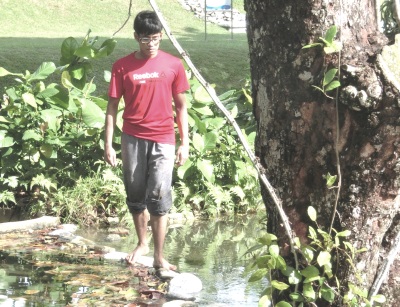
Balancing on rocks while being mindful of breathing.
To observe your own movement while being aware of your breathing pattern and intensity. This would answer some weaknesses in your technique.
For instance, is the mover holding their breath when crawling or balancing on a beam? Breath control relates to tension and relaxation. And knowing when you are tense when moving, helps you improve your technique in general.
Awareness of centre of gravity
One common issue people have is to overextend their movements. Take walking as an example – I often widen my footsteps when rushing. It has caused me to impact my knees and even lose my balance when running up the stairs. With being aware of your centre, you may have to slow down and perform your movements in a controlled-manner initially.
These points provide a framework of how to approach movement training and improve your present skills in form, coordination and efficiency.
6Break down complex movements into progressions
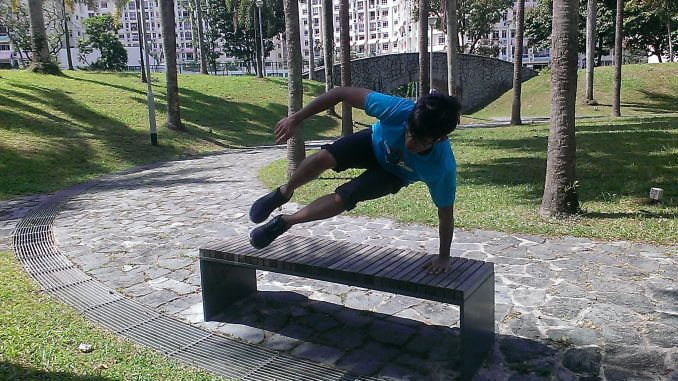
When it came to performing the side vault, I was initially afraid of clipping my feet on the rails and falling face first onto the ground. Here was how MovNat taught me to break it into progression steps:
- Practice the motion of jumping up and lifting your hips to the side, while holding on to the rails
- Next, try the vault on a shorter obstacle (i.e. the bench). Land first on the bench to get a feel of the movement.
- Progress on and proceed to vaulting over the bench
- Gradually practice on a higher obstacle
So, the basics of breaking down your chosen movement has to deal with:
- Familiarizing your body to the technique
- Building the strength required if needed
- Building the confidence in your ability to clear the movement
- And if needed, overcoming the fear of getting injured
7Train Barefoot (or with hurraches - barefoot shoes)
One observation I made about MovNatters was their preference to train barefoot (or with barefoot shoes). Some parkour athletes (including the Tapp brothers) have also talked about the benefits of barefoot training, and even recommend training in barefoot shoes for the same reasons.
Here’s why.
- Foot sensitivity & control: Training barefoot helps you sense the ground better, which gives you more control over your movements
- Proper technique development: It also develops proper technique, which would otherwise have been hampered by cushioning. For example, landing on the ground barefoot helps you improve your technique.
For an awesome pair of barefoot sandals, try Xero Amuri Cloud. I got a pair after seeing MovNatters wearing them and wanted to get a feel for foot sensitivity, while protecting my feet.
8Stop being predictable! Add spontaneous challenges to your routine (MovNat Combos)
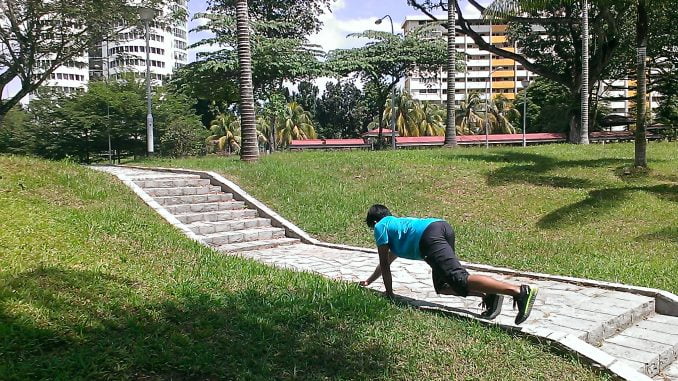
While being consistent in your fitness routine brings results, this doesn’t mean doing the same predictable routine all the time. That’d be boring. And, you would eventually reach a plateau.
How MovNat keeps it interesting is through movement combos. Based on your immediate environment, spontaneously string several movements together, one after another, to create your own mini obstacle course challenge. Then, repeat the same movement string within a set time span.
For example, if you are at the playground with monkey bars, your combo may look something like this.
- Side-swing traverse,
- Swing off at the end and do a slap-landing
- Foot-hand crawl on the balancing beam
- Forward roll at the end of the path
- Vault over the rail
Repeat as many time as you can within a 5 minute limit.
When you repeat your combo, your movement and stamina improves naturally. This is how you become fluid in stringing separate movements, while letting yourself express creativity through your body. You are only limited by the skills you have at that moment and your mind.
Final Thoughts about MovNat & Movement Training
After the workshop, I became confident from the new movement skills I unlocked. This made me thirsty to move even more. I had proven to myself – clumsy as I was – that movement techniques were not beyond my capability.
Training with MovNat also taught me how to keep my routines interesting; to have spontaneous creative freedom with my body. Instead of a rigid regime, where the only points in variation were exeercise, sets, and reps, I could shake things up to make it fun. With the rough framework of how to mindfully train, I became comfortable with trying other movement techniques.
And so, movement training helped evolve how I perceived the world and to continually challenge my limits. With this, I urge you to try incorporating simple movements into your routine. And keep in mind the eight insights when starting out.
Note: This post has been in my drafts folder for nearly two years (since early 2015). It represents my views early on in my movement journey. Also, the photos of me training were taken by Human Naturally Singapore.


